


Pure Sodium Hyaluronate Powder
-
Payment


-
Origin
China Mainland
-
Minimum Order
5
-
Packing
Pieces
- Contact Now Start Order
- Description
Product Detail
Introduction
Hyaluronan (hyaluronan, hyaluronic acid, also known as uronic acid, hyaluronic acid, glassy carbon acid), is a kind of sugar (D-glucuronic acid and N-acetylglucosamine) basic structure of sugar Amidan. Hyaluronic acid is found extensively in connective, epithelial and neural tissues. Unlike most glycosaminoglycans, hyaluronic acid does not contain sulfur and is formed in the cell membrane rather than in high-base body. The relative molecular mass of up to 106 orders of magnitude. Hyaluronic acid is one of the main components of extracellular matrix, which plays an important role in cell proliferation and migration, and may be related to the evolution of some malignant tumors.
About 75% of normal body weight contains about 16 grams of hyaluronic acid, about a third of which is broken down and resynthesized daily. At the same time, hyaluronic acid is one of the components of the group A streptococcal capsule and is thought to be involved in the virulence of pathogens.
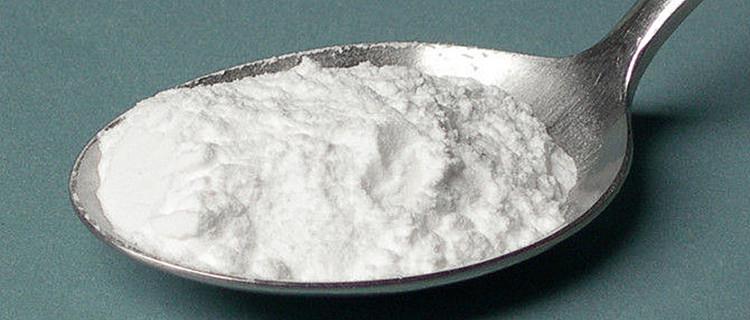
Medical use
Knee injection of hyaluronic acid is an experimental treatment of osteoarthritis.
Emollient products containing the sodium hyaluronate active ingredient can be used to relieve dry skin (eg dry skin caused by atopic eczema).
For some cancers, hyaluronic acid concentrations in patients reflect the prognosis. Therefore, hyaluronic acid is also used as a marker of prostate cancer and breast cancer. Hyaluronic acid can also be used to monitor the course of cancer.
At the same time, hyaluronic acid has been used to synthesize bio-scaffolds with more healing properties. Hyaluronan in this type of scaffold and its associated fibronectin can promote the migration of cells to the wound. This effect is especially important for diabetic patients whose wounds are not easy to heal. In cataract surgery and other surgery, hyaluronic acid is also used to promote postoperative tissue repair.
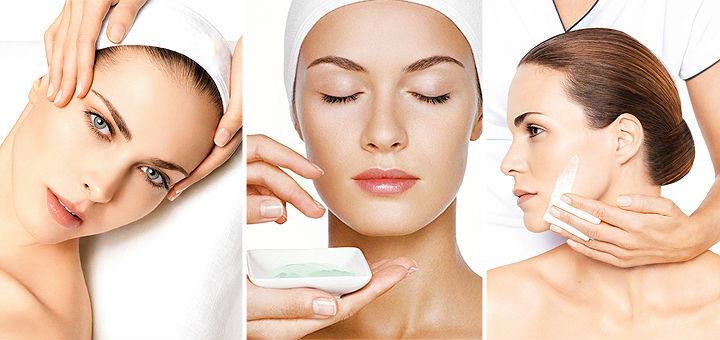
Structure
Karl Mayer Labs clarified the chemical structure of hyaluronic acid in the 1950s. Hyaluronic acid is a polymer of polymers. Is a unit of D-glucuronic acid and N-acetylglucosamine composition of advanced polysaccharides. D-glucuronic acid and N-acetylglucosamine ß-1,3-glycosidic bond between the connection, disaccharide units linked by ß-1,4-glycosidic bonds. Disaccharide units up to 25,000 up. The molecular weight of hyaluronic acid in the body ranges from 5,000 to 20 million Daltons.
- Low Molecular Weight Hyaluronic Acid Powder Pure Organic Sodium Hyaluronate Powder Supplement 1 Pieces / (Min. Order)
- Hi-Tech Natural Fermented Hyaluronic Acid Raw Material Sodium Hyaluronate Powder CAS 9004-61-9 1 Pieces / (Min. Order)
- Hi-Tech Sodium Hyaluronate Powder Nutritional Supplements & Beauty Skin Care Hyaluronic Acid 1 Pieces / (Min. Order)
- Chondroitin Sulfate Glucosamine Msm Powder Supply From Factory 1 Pieces / (Min. Order)
- Manufacturer Hyaluronic Acid Powder Bulk Supplements Food Grade HA Sodium Hyaluronate 1 Pieces / (Min. Order)
- Low Molecular Weight Hyaluronic Acid Powder Pure Organic Sodium Hyaluronate Powder Supplement 1 Pieces / (Min. Order)
- Factory Supply Glucosamine And Chondroitin Sulfate Improves Body Health 1 Pieces / (Min. Order)
- Sodium Hyaluronate Moisturizer Powder High Molecular Weight Hyaluronic Acid 1 Pieces / (Min. Order)
- New Sodium Hyaluronate For Skin Moisturization And Anti Aging Benefits For Skin 1 Pieces / (Min. Order)
- Chondroitin Sulfate Ex Animal Factory Supply Bovine & Shark CHS 1 Pieces / (Min. Order)
- Hi-Tech Natural Fermented Hyaluronic Acid Raw Material Sodium Hyaluronate Powder CAS 9004-61-9 1 Pieces / (Min. Order)
- Hi-Tech Sodium Hyaluronate Powder Nutritional Supplements & Beauty Skin Care Hyaluronic Acid 1 Pieces / (Min. Order)
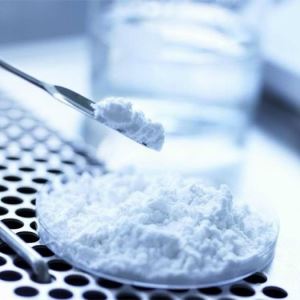
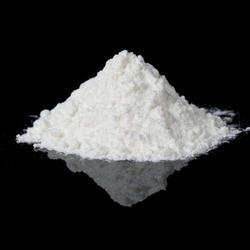
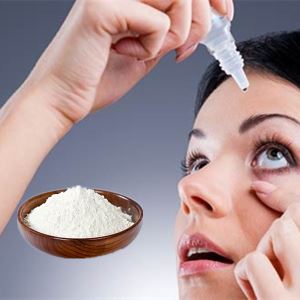
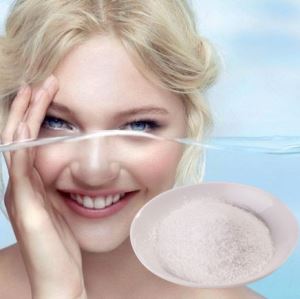

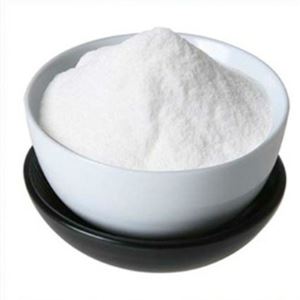
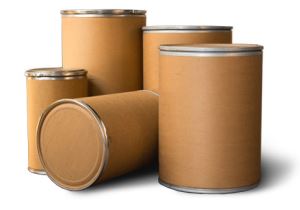

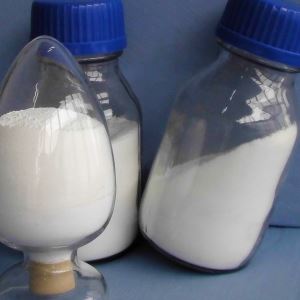
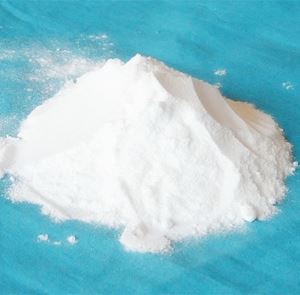
 Favorites
Favorites
